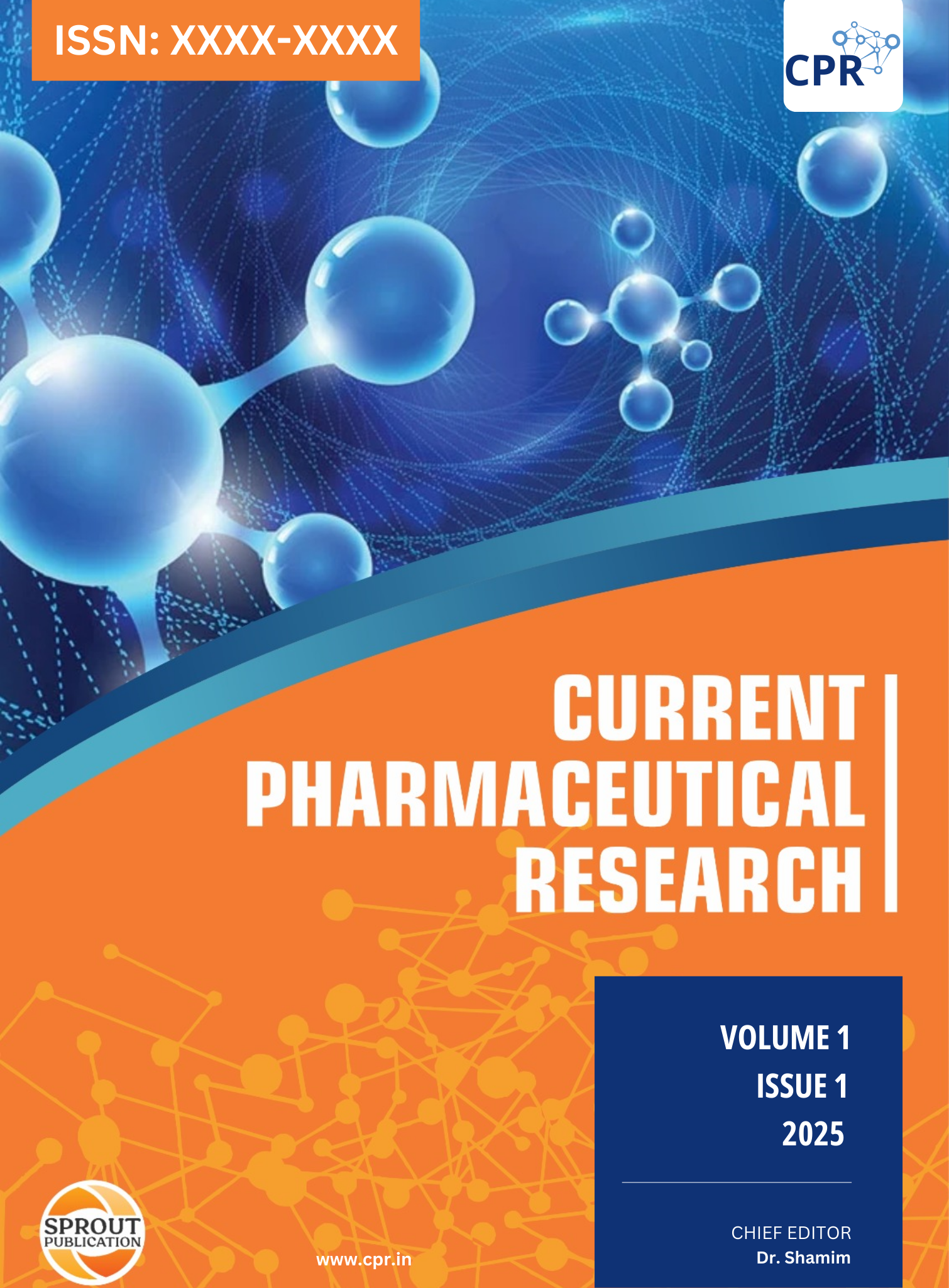Nanostructured Lipid Carriers in Pulmonary Drug Delivery: Progress and Prospects
Keywords:
Nanostructured Lipid Carriers, pulmonary drug delivery, controlled release, bioavailability, respiratory diseases, personalized medicine.Abstract
The potential of nanostructured lipid carriers to improve drug solubility, stability, and controlled release has made them a viable approach for pulmonary drug administration. Combining liquid and solid lipids, these carriers provide distinct benefits over conventional drug delivery methods, including enhanced bioavailability, less systemic adverse effects, and the capacity to encapsulate both hydrophilic and hydrophobic medications. In addition to delivering biologics, macromolecules, and cancer treatments, nanostructured lipid carriers may find use in the treatment of respiratory conditions such as asthma, chronic obstructive pulmonary disease, and pulmonary infections. Notwithstanding their benefits, there are still issues with manufacturing scaling up, getting beyond biological obstacles such mucociliary clearance, and handling safety and regulatory issues. More individualized, targeted care is becoming possible because to recent advancements in the design of nanostructured lipid carriers, such as smart delivery technologies and stimuli-responsive systems. This study emphasizes the potential of nanostructured lipid carriers to transform the treatment of respiratory disorders and enhance patient outcomes by highlighting their present advancements, difficulties, and future opportunities in pulmonary medication delivery.
Downloads
Published
Issue
Section
License

This work is licensed under a Creative Commons Attribution-NonCommercial 4.0 International License.


